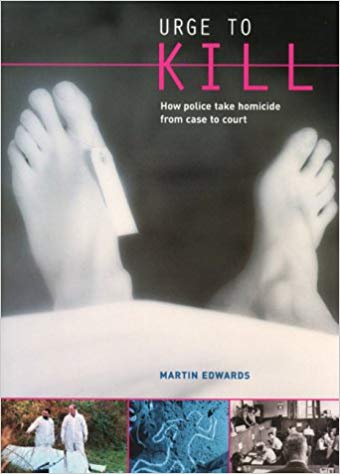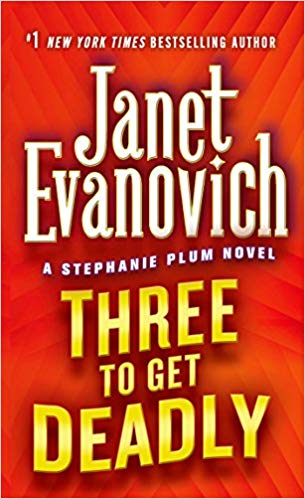There’s a scarlet thread of murder running through the colourless skein of life, and our duty is to unravel it, and isolate it, and explore every inch of it.” – Sir Arthur Conan Doyle
The key issues in a murder investigation are: Who has been murdered, how, where, when, why and finally by whom.
“Dinner and a Murder” theatre venues are becoming more and more popular.
However, the anatomy of a murder investigation in real life should echo what transpires in that venue.
There are five main, but closely linked, stages to investigating a murder, according to Martin Edwards in his book Urge to Kill, How Police Take Homicide From Case to Court.
1. Securing the scene of a murder, the crime scene, to preserve the evidence from contamination by observers, witnesses or even police personnel
The more bodies, or foot traffic, at the scene, the greater the chance evidence will be compromised.
From hair follicle and clothing threads, to foot prints, tire tracks and finger prints all could potentially be the defining clue the police need to prosecute.
Of course, this might be just the thing you need for your murder mystery, but it is one of the top five concerns of investigators of a murder.
2. Analysis of the crime and development of a strategy to proceed with the investigation
That is a lot to place on the shoulders of your homicide detective.
However, the police, the coroner, the forensic pathologist and others are members of his team who use their expertise to help with the analysis under the detective’s direction.
3. Analysis of a murder – the crime itself on the basis of factual evidence and from the investigator’s years of experience, sound theorizing.
Certain things from past years of investigation may trigger knowledge based information that empowers the strategy that will be used to solve this murder as well.
4. Suspect inquiries
The homicide detective, be he accidental sleuth or seasoned pro, will have certain skill sets, or methods of interrogation, inquisition, or plain old curiosity that will help hi formulate questions that only the guilty party might hold the answers to.
In the movies good cop/bad cop roles are used a lot a this stage –or watch an old “Colombo” rerun, see his tactics.
Gentle, methodical and his signature surprise question that inevitably trips up the suspect.
There is an art to suspect inquires, and laws that govern them must be obeyed.
Know what applies in the jurisdiction you use as your setting before you set up a murder investigation.
Tied to suspect inquiries are MO (the modus operandi), evidence already collected, and forensic material collected analyzed and interpreted, as well as informants at the scene, but also, remember the caveat–memories of a murder in witnesses eyes are very unreliable.
Memory is a tricky thing.
5. Disposal of the case – which could mean sending it off to trial or perhaps no trial is necessary if the villain committed suicide.
Even if the case goes to trial your sleuth’s part of a murder investigation need not be presented in your conclusion.
If the stages of development have been thoroughly explored, your conclusion may be evident to your reader and all you need to do is tie it up with a pretty ribbon and a perfect bow, unless of course, it’s a series…but that’s a perfect murder, or dinner and a murder for future books.
Here are some other great resources to help you write a murder mystery:
How to Write a Damn Good Good Mystery
A Murder – From the Chalk Outline to the Execution Chamber
Note: This post may contain some affiliate links for your convenience (which means if you make a purchase after clicking a link I will earn a small commission but it won’t cost you a penny more)! Read my full disclosure and privacy policies...










